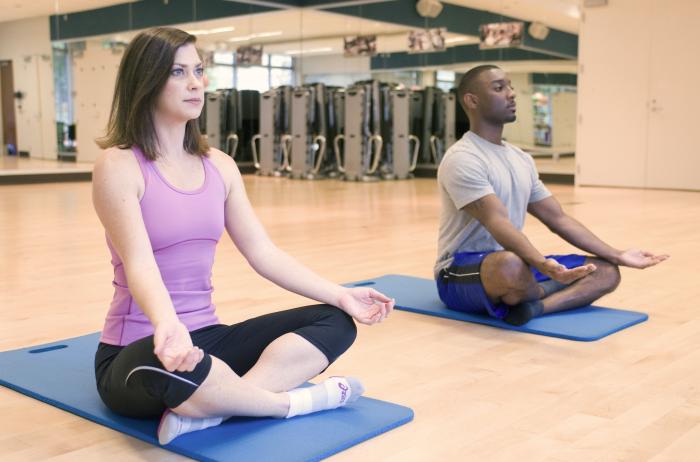New Reports on Complementary Health Approaches in the United States
Posted on by Two new reports from NCHS, Trends in the Use of Complementary Health Approaches Among Adults: United States, 2002–2012 and Use of Complementary Health Approaches Among Children Aged 4–17 Years in the United States: National Health Interview Survey, 2007–2012, present national estimates of the use of complementary health approaches.
Two new reports from NCHS, Trends in the Use of Complementary Health Approaches Among Adults: United States, 2002–2012 and Use of Complementary Health Approaches Among Children Aged 4–17 Years in the United States: National Health Interview Survey, 2007–2012, present national estimates of the use of complementary health approaches.
The complementary health approaches among adults report looked at three time points. Trends in the use of selected complementary health approaches are compared for 2002, 2007, and 2012, and differences by selected demographic characteristics are also examined.
For this report, the definition of any complementary approach included the use of one or more of the following during the past 12 months: acupuncture; Ayurveda; biofeedback; chelation therapy; chiropractic care; energy healing therapy; special diets (including vegetarian and vegan, macrobiotic, Atkins, Pritikin, and Ornish); folk medicine or traditional healers; guided imagery; homeopathic treatment; hypnosis; naturopathy; nonvitamin, nonmineral dietary supplements; massage; meditation; progressive relaxation; qi gong; tai chi; or yoga.
Key Findings from the Report:
- Nonvitamin, nonmineral dietary supplements were the most commonly used complementary health approach at each of the three time points: 18.9% in 2002 and unchanged from 2007 to 2012 (17.7%).
- Whether used independently or as a part of other approaches, deep-breathing exercises were the second most commonly used complementary health approach in 2002 (11.6%), 2007 (12.7%), and 2012 (10.9%).
- The use of yoga, tai chi, and qi gong increased linearly over the three time points, beginning at 5.8% in 2002, 6.7% in 2007, and 10.1% in 2012. Yoga was the most commonly used of these three approaches at all three time points.
The next report presents national estimates of the use of complementary health approaches among children aged 4–17 years in the United States. Selected modalities are compared for 2007 and 2012 to examine changes over time.
Key Findings from the Report:
- There was a statistically significant decrease in the use of traditional healers between 2007 (1.1%) and 2012 (0.1%). Due to questionnaire modifications, this should be interpreted with caution.
- There was a statistically significant increase in the use of any yoga, tai chi, or qi gong between 2007 (2.5%) and 2012 (3.2%). Most of this increase can be attributed to the increased use of yoga (2.3% to 3.1%)
- Nonvitamin, nonmineral dietary supplements were the most commonly used modality in both 2007 and 2012.
- Any homeopathy was used by about 1.8% of children in 2012, while practitioner-based homeopathy was used by only 0.2% of children.
Posted on by

